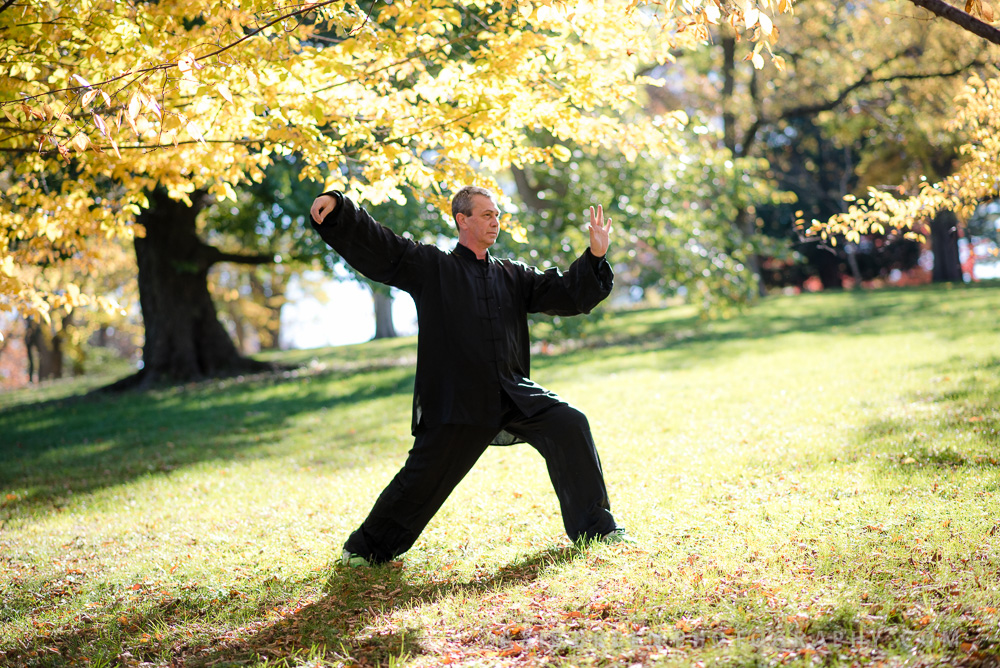Hello and welcome back, mind-body students!
Summer is quickly winding down, but that doesn't mean you can't still get lots of exercise in (and look good for however many beach days we have left)! So this week, we are starting a big series on leg workouts on the blog.
Each week I will give you a stretch, a mind-body exercise, and a meditation to do. By focusing all five building blocks while you workout every week, you will see the best results you can. At the end, I will also give you some other great resources I have found for leg exercises!
Before we jump into today's leg workout, please consider checking out my Tai Chi books, DVDs, and online courses which contain all the exercises you are about to see, and more. Here are some brief excerpts from the Sunrise and Sunset DVDs, which cover much of the same content you will find in the books.
Leg Workout for Health and Martial Arts, #1
Remembering my "Rule of 80%," begin this workout with your choice of a hamstring stretch. The hamstrings are often the tightest muscles in the body, and learning how to release tension from them is incredibly important to having a good and balanced leg workout. There are a few different ways to stretch the hamstrings, and each of those ways has different levels of stretching you can achieve.
Do each stretch (to each side, if applicable) for 3 minutes. Begin incorporating deep breathing now, so that when we reach the meditation you will already be in the mindset of breathing deep!
Continuing the workout, we will move into the Tai Chi Walk technique. This technique is great to do after stretching the hamstrings because you will be able to really see and feel that stress that was relieved from those muscles as you do the movement.
In this exercise, do a total of 50 steps (25 on each leg), and as you do be sure to focus your visualization on the lower energy center, and also try evoking your spirit. For this one, some of my students find it helpful to evoke the spirit of "the immortal walking man/woman". But what is important for evoking the spirit is to do whatever works for you!
Finally, the meditation for this week's workout is Water Breath! This is a tough meditation, but that is okay! It is good to try difficult meditations every once in a while, especially if it pairs well with one of the exercises you are doing (you will see what I mean later).
To practice, sit on the floor or on the edge of a chair, and begin breathing very deeply, softly, and silently for 3 minutes, gradually building up to 10 minutes, then 20, and maybe even 30 minutes! 10 or 20 minute sessions is often good enough for your entire first year of meditation practice. Keep that monkey mind at bay as much as possible! End each time you do this workout with a session of water breath meditation.
Once you have experience doing the water breath meditation on its own, you can combine the hamstring stretch and the meditation into one exercise: Vitamin-H with Water Breath. This will allow you to begin the meditation part of the workout right from the very beginning. See if you can train yourself up to the point where you are doing water breath for the entire workout!
That is a great way to integrate your mind and body into a workout for health and martial arts!
As a bonus, I found this excellent page of the "30 Best Butt Workouts" on www.jenreviews.com, and it has lots of great exercises for your hips, quads, hamstrings, and more! If you are looking for a creative new exercise to throw in to one of these leg workouts, I am sure you can find one you like in that article!
As always, happy stretching, deep breathing, empty your mind, strengthen your energetic system, and evoke your spirit!

